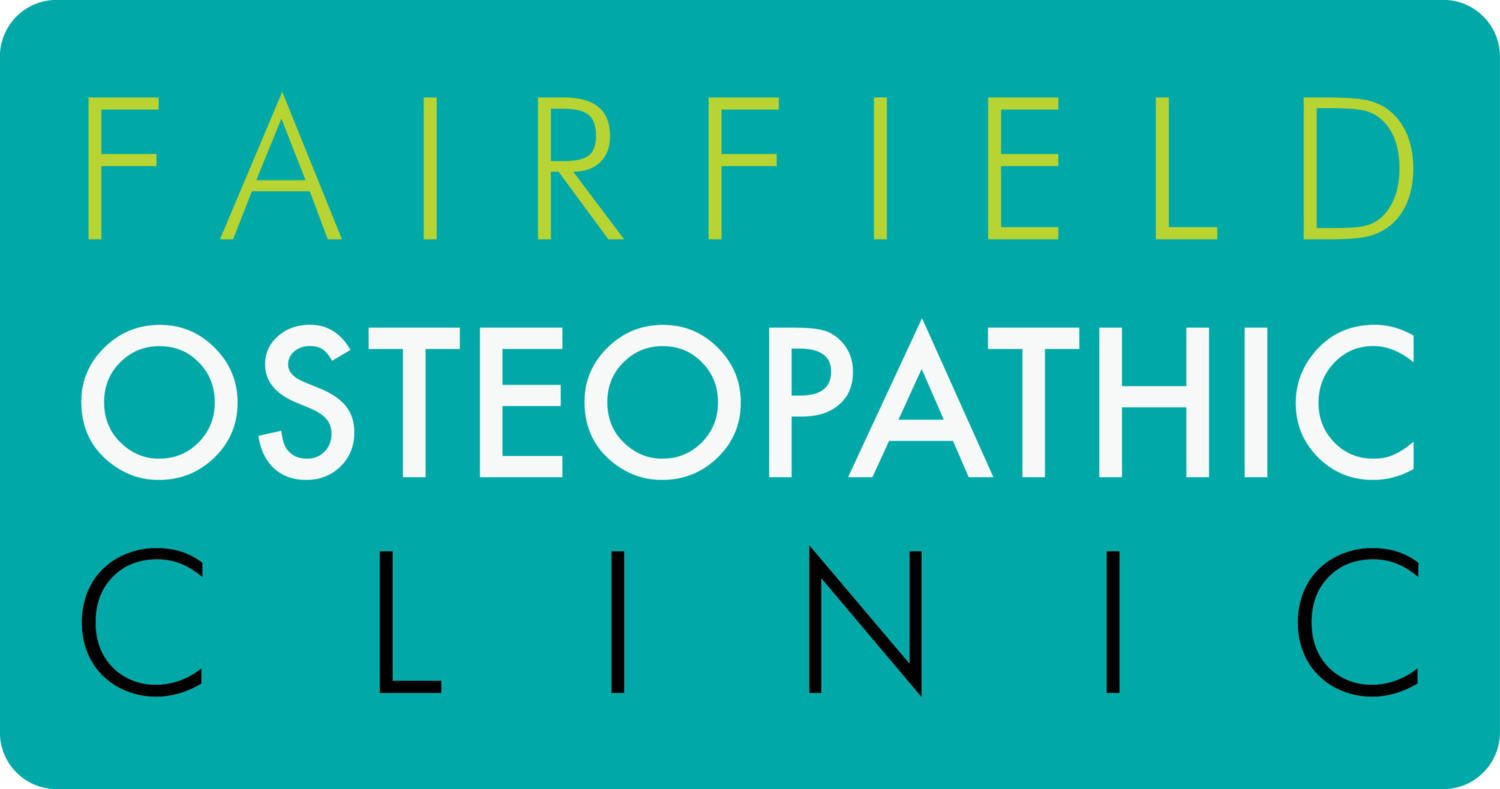TNE
http://www.noigroup.com/en/Home
Zimney, K., Louw, A., & Puentedura, E. J. (2014). Use of Therapeutic Neuroscience Education to address psychosocial factors associated with acute low back pain: A case report. Physiotherapy: Theory and Practice, 30(3), 202-209. “It has been shown that patients with psychosocial factors often progress with persistent pain and lead to significant workers compensation costs. Therapeutic Neuroscience Education (TNE) has been shown to be beneficial in changing a patient’s cognition regarding their pain state, which may result in decrease fear, anxiety and catastrophization.”
Louw, A., Diener, I., Butler, D. S., & Puentedura, E. J. (2011). The effect of neuroscience education on pain, disability, anxiety, and stress in chronic musculoskeletal pain. Archives of Physical Medicine & Rehabilitation, 92(12), 2041-2056 http://www.archives-pmr.org/article/S0003-9993(11)00670-8/fulltext “Studies that used NE have been shown to decrease fear and positively change a patient's perception of their pain21 and have an immediate effect on improvements in patients' attitudes about pain.13 This education intervention also resulted in improvements in pain, cognition, and physical performance14; increased pain thresholds during physical tasks23; improved outcomes of therapeutic exercises27; and a significant reduction in widespread brain activity characteristic of a pain experience”
“the results indicate compelling evidence for the use of NE in decreasing pain ratings, increasing physical performance, decreasing perceived disability, and decreasing catastrophization in patients with chronic MSK pain.”
Traeger, A.C., Hubscher, M., Henschke, N., Moseley, G.L., Lee, H., McAuley, J.H. (2015). Effect of Primary Cary-Based Education on reassurance in patients with acute low back pain: systematic review and meta-analysis. JAMA Intern Med, 175(5), 733-43 “Interventions delivered by physicians were significantly more reassuring than those delivered by other primary care practitioners (eg, physiotherapist or nurse). There is moderate-quality evidence that patient education reduces LBP-related primary care visits more than usual care/control education
There is moderate- to high-quality evidence that patient education in primary care can provide long-term reassurance for patients with acute or subacute LBP.”
Reduce pain with therapeutic touch
http://www.bodyinmind.org/more-on-body-awareness-and-chronic-pain/
Monroe, C.M. (2009). The effects of therapeutic touch on pain. Journal of Hollistic Nursing, 27(2), 85-92 “Therapeutic Touch should be considered in the treatment of pain, especially osteoarthritis, musculoskeletal, or burn pain.”
Reduce transition from acute to persistent pain
Voscopoulos,C. & Lema, M. (2010). When does acute pain become chronic? British Journal of Anaesthesia, 105(suppl 1): i69-i85. Doi: 10.1093/bja/aeq323 “Physical activity or physical therapy is most effective when acute pain is managed optimally.147 Perhaps allowing the nervous system to learn, or relearn, functional skills is the reason why staying active may be so important in the treatment, and prevention, of non-specific low back pain where neuroplastic changes have occurred”
